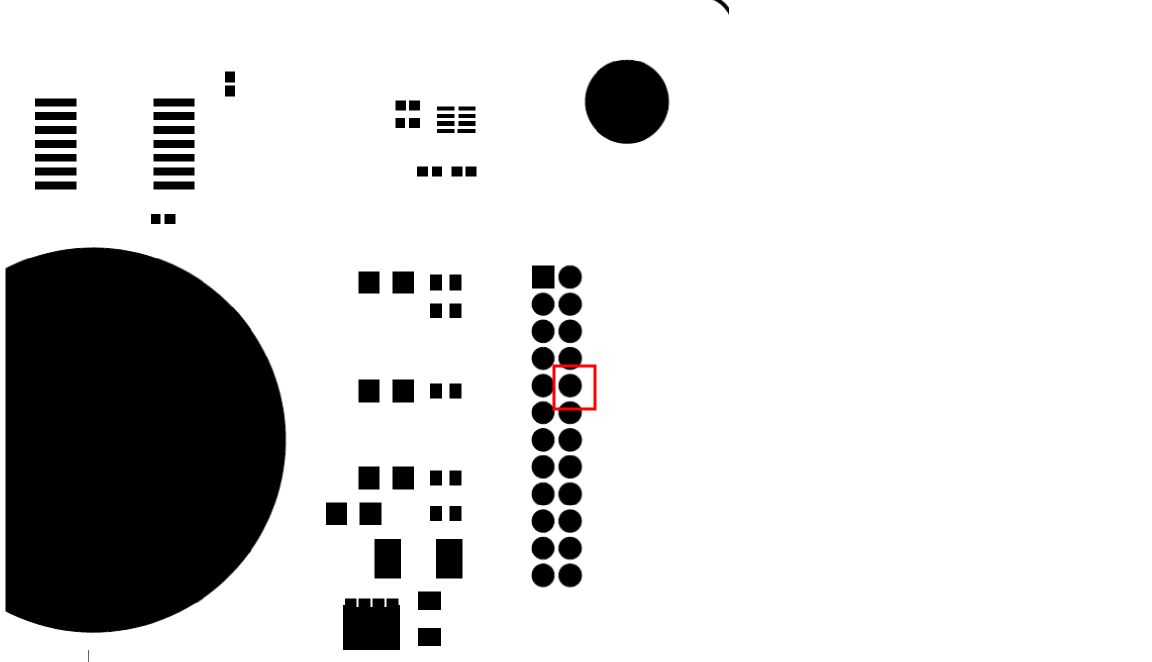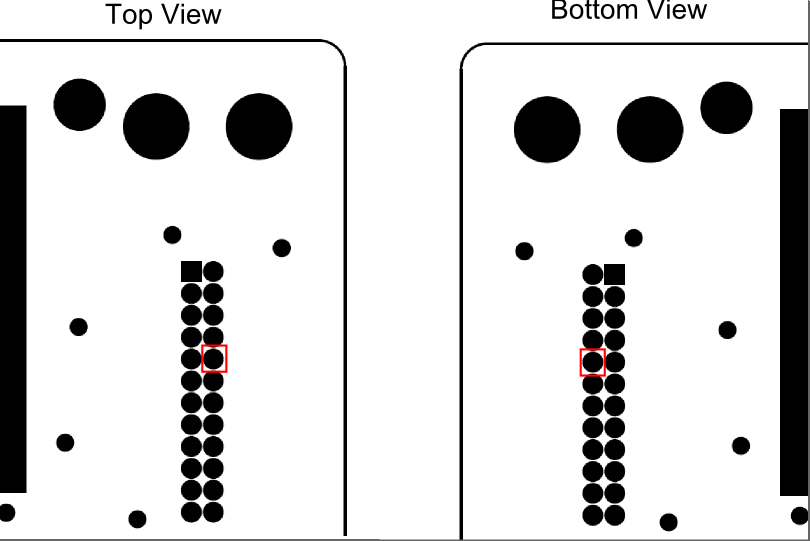Part Number: OPT8241-CDK-EVM
Hi,
I purchased OPT8241-CDK-EVM in August, 2017.
I have some questions when i'm doing the calibration on Voxel Viewer.
I follow the Voxel Viewer user guide and do the calibration step-by-step.
Here's my questions:
1) What does "Frequency Calibration" calibrate for? How do i set the parameter, "Expected Modulation Frequency"?
2) What does "Non-linearity Calibration" calibrate for? I can measure <Actual Distance>, but how can i measure <Phase1> and <Phase2>?
3) Is there any examples for those two calibrations?
4) I see the "Calibration issues" in the document.
Frequency calibration is not performed on the boards.
Non-linearity calibration is not performed in the boards.
What does that mean?
Look forward to your answers.
Thanks & Regards.
Peter



